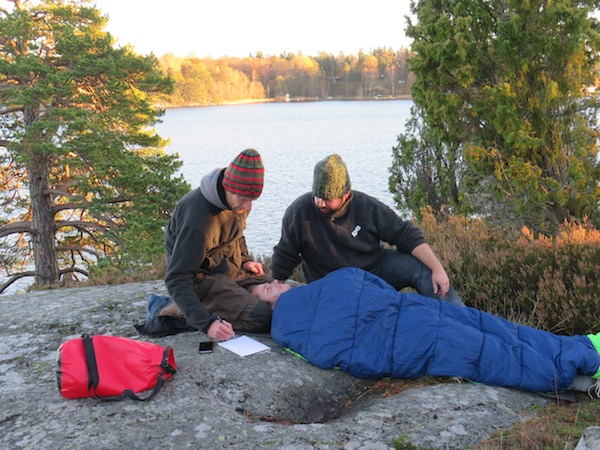Popular Science Looks to NOLS Wilderness Medicine for First Aid Tips

Photo by Lena Conlan.
NOLS Wilderness Medicine Curriculum Director Tod Schimelpfenig recently shared some first aid tips with Popular Science magazine. As you plan your next wilderness adventure, it’s worth considering Tod’s advice—and taking a wilderness medicine course so you’re prepared if there’s an emergency.
“There’s no guarantee that Google will be there to help when gashes, scrapes, or broken bones arise, and medical help isn’t always just a phone call or car ride away. The best medicine for any type of injury is preparedness, so it’s important to know what to keep in your pack for everything from a day hike to a month-long sojourn, plus how to treat common injuries…
Tod Schimelpfenig, Fellow of the Academy of Wilderness Medicine and curriculum director at the National Outdoor Leadership School (NOLS) Wilderness Medicine department, suggests starting with a small kit. Most of the time, the kind you can get at your local outdoor store will suffice. But if you prefer to build your own kit, he suggests packing a pair of nitrile or latex gloves, antiseptic ointment, bandages, gauze, larger dressings, an Ace wrap, tweezers to remove splinters, and a blister care kit.
For longer treks, the kit Schimelpfenig recommends is similar, but more robust. ‘Safety pins are always helpful,’ Schimelpfenig adds. Transparent dressings come in handy, too and for blisters, nothing acts like a protective second skin like kinesthesiology tape. But his number one recommendation: consider what can go wrong and what access you’ll have to medical attention, cell service, or fellow hikers. ‘Prevention and planning can go a long way,’ he says.”
Topics:

